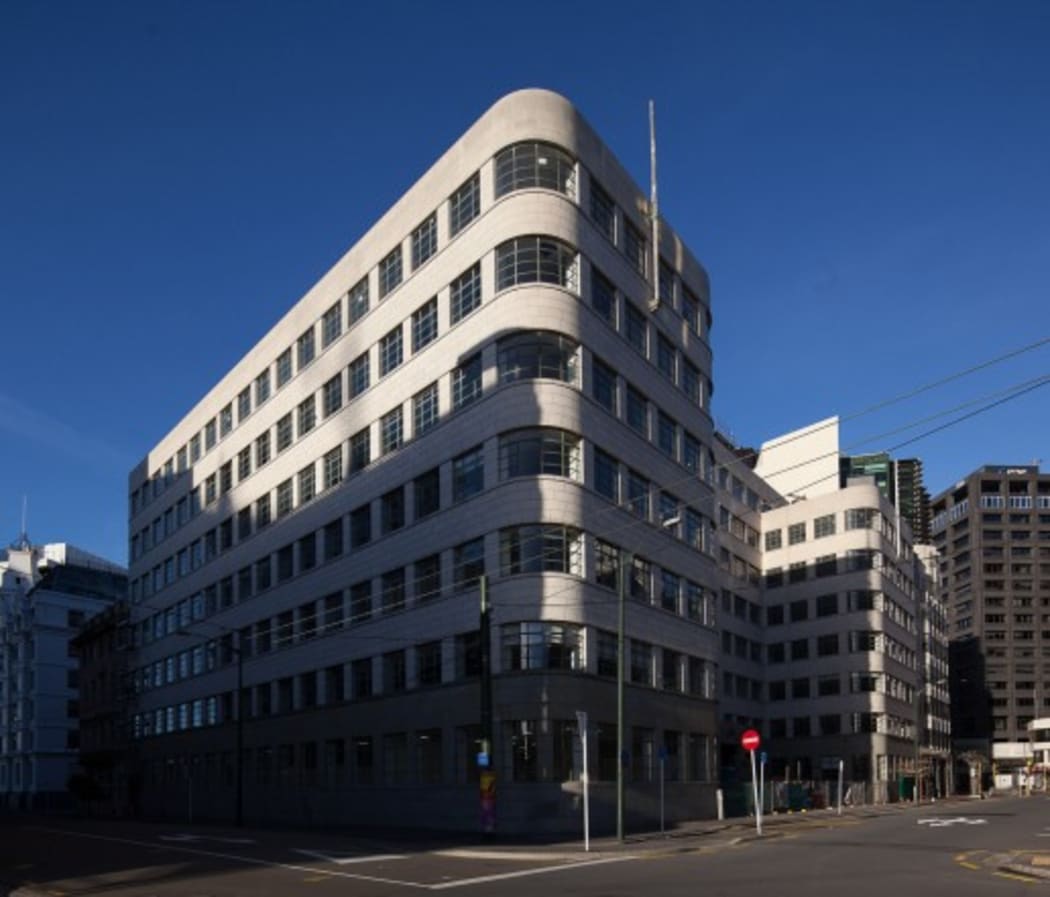Smaller companies have said they are missing out on winning government contracts following a shift by central government to buy more from fewer suppliers.

The Ministry of Business, Innovation and Employment (MBIE)'s head office in Wellington Photo: Argosy
The Government Procurement Programme has saved nearly $150 million over the last four years by setting up government-wide contracts to buy the most commonly used goods from a pre-selected panel of suppliers.

Catherine Beard Photo: Business New Zealand
Manufacturing New Zealand executive director Catherine Beard said it was now more difficult for smaller companies to win contracts, and those in the regions had been particularly hit hard by not being selected as a supplier.
"We have been talking to the government to say, you know, you need to be careful with this because we don't want to destroy the local business ecosystem," she said.
Ms Beard said it could still be very costly for companies to bid for work, and there was also still too much red tape involved.
Government Procurement Programme general manager John Ivil said it had done a lot of work to make it easier for companies to bid for contracts, but he admitted more still could be done.
However, he said 70 percent of the companies picked for government-wide contracts were small-and medium-sized firms.
"What we are doing is creating a level playing field. We're trying to improve transparency, we've introduced new rules for sourcing that effectively converted 30 different pieces of policy work into one document that's written in plain English," he said.
The government spends $39 million a year buying goods and services, which is about 19 per cent of GDP.
Mr Ivil said it hoped to save $69 million dollars in 2015 alone through the creation of new government-wide contracts for IT hardware, vehicles and banking, and financial services.
"We now have 14 all-of-government contracts that covers off most the the main areas of significant spend across government - and, importantly, by harnessing the collective power of over 200 state sector agencies, the government starts to become a customer of choice."
He said the government was on track to reach its target of saving $350 million by 2020.

